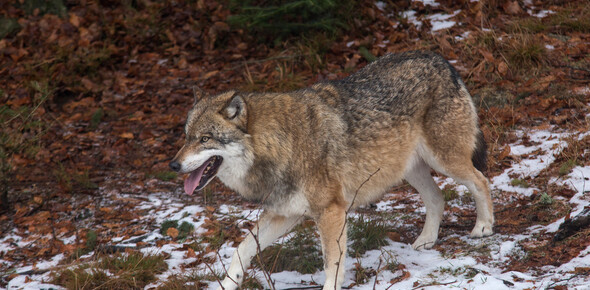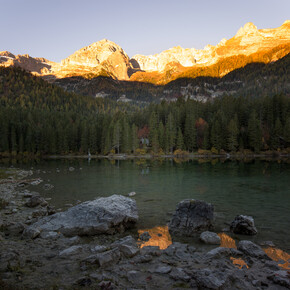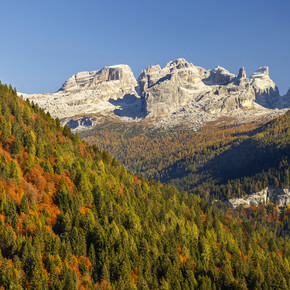Wolves in Trentino: Frequently Asked Questions
Our FAQs for learning more about these animals
Trentino is home to other large carnivores in addition to bears, such as wolves (present throughout Italy, with a thriving population of over 3,000 individuals) and lynxes, though there are only rare examples of the latter.
In the majority of cases of encounters with humans, wolves will retreat without showing any signs of aggression. This is true both for lone wolves and for animals belonging to a family group, known as a “pack”, which usually consists of a couple and their offspring. At other times, they may demonstrate an indifferent attitude.
Despite this, it is wise to abide by certain basic precautions. To explore this topic in more detail, we have answered some of the most frequently asked questions.



